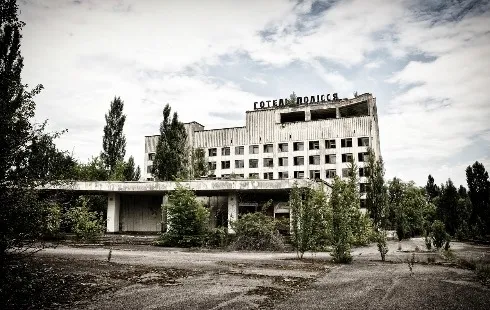
8HoursMining cloud mining platform, daily profits up to $9,337
Section: Business
Tesla has revised its ambitious plans to manufacture thousands of humanoid Optimus robots by 2025, citing technical challenges and ongoing design improvements as the main reasons behind the adjustment. The company originally aimed to produce at least 5,000 Optimus units within the year, but now expects to deliver a significantly reduced number as it works to address several engineering obstacles.
Initial announcements from Tesla indicated a strong commitment to rapidly scaling up the production of its humanoid robots, which are intended to automate various tasks within the company's manufacturing facilities. However, recent developments have revealed that the production targets have been lowered, with current expectations set at around 2,000 units for 2025. Even this revised figure may be difficult to achieve due to unresolved design and technical issues, particularly concerning the robot's hands, which are among the most complex components of the system.
Technical Hurdles Delay Mass ProductionThe hands of the Optimus robot, crucial for performing intricate tasks, have presented significant engineering challenges that have led to production delays. According to industry reports, Tesla is actively working on design improvements not only for the hands but also for the robot's forearms. The Optimus project is currently operating with version 2.5 of the robot, with the next major iteration aiming to resolve the current technical bottlenecks. These ongoing modifications have made it unfeasible for Tesla to meet its initial mass production goals within the planned timeframe.
Production delays have also been compounded by changes in the project's leadership. The departure of the previous head of robotics engineering, Milan Kovac, earlier this year, has resulted in a transition of responsibilities. Hardware development is now overseen by Konstantin Laskaris, while Ashok Elluswamy leads the software team. These shifts in management have contributed to a period of adjustment as the company refines its approach to both the hardware and software aspects of the Optimus project.
Current Applications and Future ProspectsAt present, the deployment of Optimus robots within Tesla's operations is limited to relatively straightforward tasks such as sorting batteries and conducting routine inspections in factory environments. While the long-term vision is for these robots to handle increasingly complex assignments, the current stage of development restricts their capabilities. Training the robots to perform varied tasks remains labor-intensive, often requiring the creation of specialized instructional videos. Tesla is exploring the possibility of utilizing publicly available online videos in the future to enhance the training and adaptability of the robots.
Despite these challenges, Tesla maintains its commitment to advancing humanoid robotics, though employees have reportedly begun to question the practicality and resource investment required for such sophisticated automation. The company continues to refine its designs and development processes in response to the technical hurdles encountered so far.
Industry ContextThe pursuit of humanoid robotics within industrial settings remains a complex endeavor, with companies like Tesla pushing the boundaries of automation. The Optimus robot project is a key part of Tesla's broader strategy to integrate advanced robotics into manufacturing, aiming to increase efficiency and reduce labor costs over time. However, the slow pace of progress and unforeseen engineering difficulties highlight the challenges inherent in developing reliable and versatile humanoid machines.
As the project moves forward, Tesla is expected to provide further updates regarding its development timeline and production targets. The outcome of these efforts will be closely watched within the technology and manufacturing sectors, as successful implementation could pave the way for broader adoption of humanoid robots in industry.

Section: Business

Section: Arts

Section: Politics

Section: Health Insurance

Section: News

Section: News

Section: News

Section: Arts

Section: News

Section: Arts
Health Insurance in Germany is compulsory and sometimes complicated, not to mention expensive. As an expat, you are required to navigate this landscape within weeks of arriving, so check our FAQ on PKV. For our guide on resources and access to agents who can give you a competitive quote, try our PKV Cost comparison tool.
Germany is famous for its medical expertise and extensive number of hospitals and clinics. See this comprehensive directory of hospitals and clinics across the country, complete with links to their websites, addresses, contact info, and specializations/services.
Curated by Fried Dähn and Thomas Maos, this event is part of the Sonic Visions series, featuring an engaging performance that intertwines sound, music, and visuals. This edition presents THE WATS, a narrative where three travelers in the desolate, apocalyptic landscapes of New Zealand encounter a...



No comments yet. Be the first to comment!